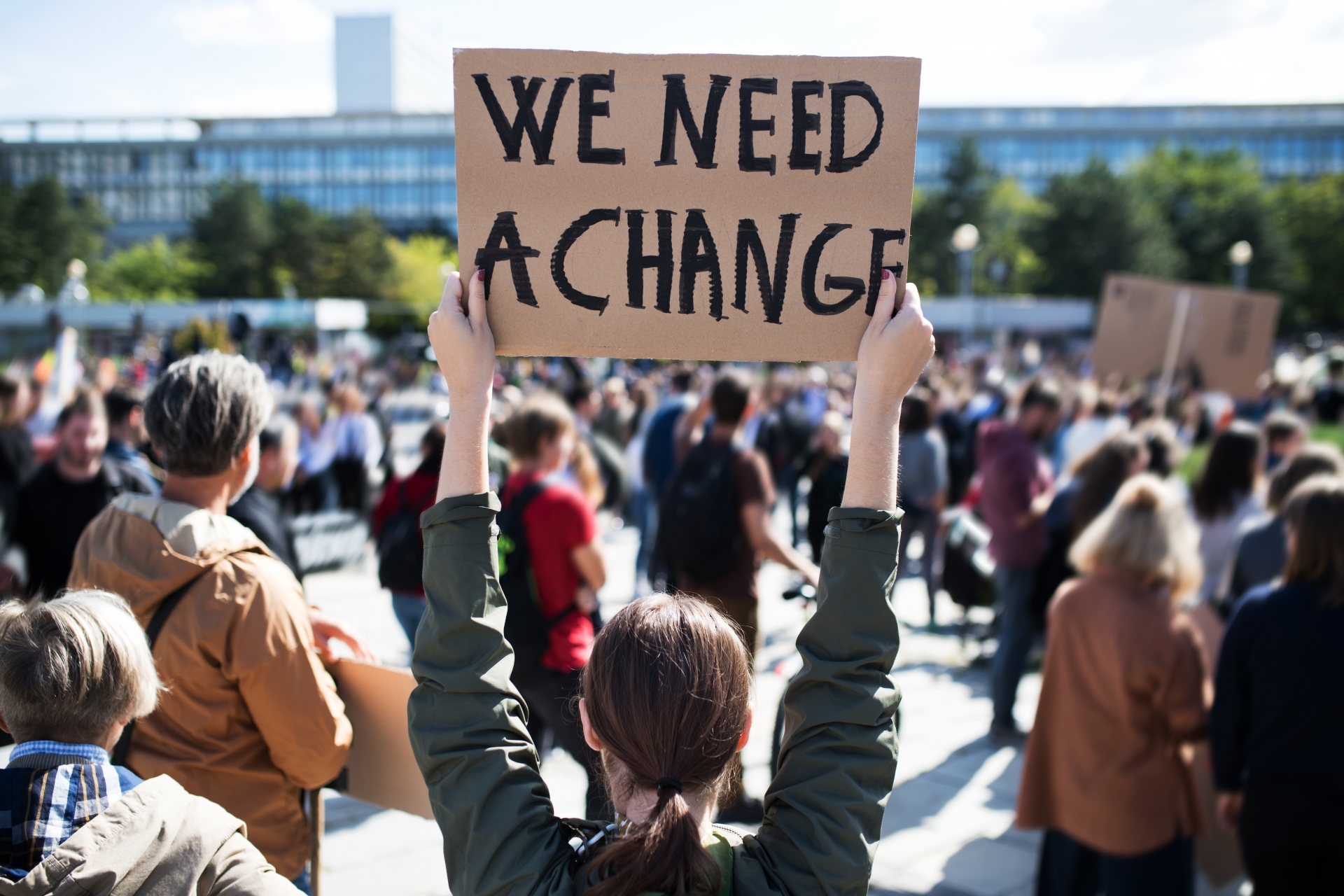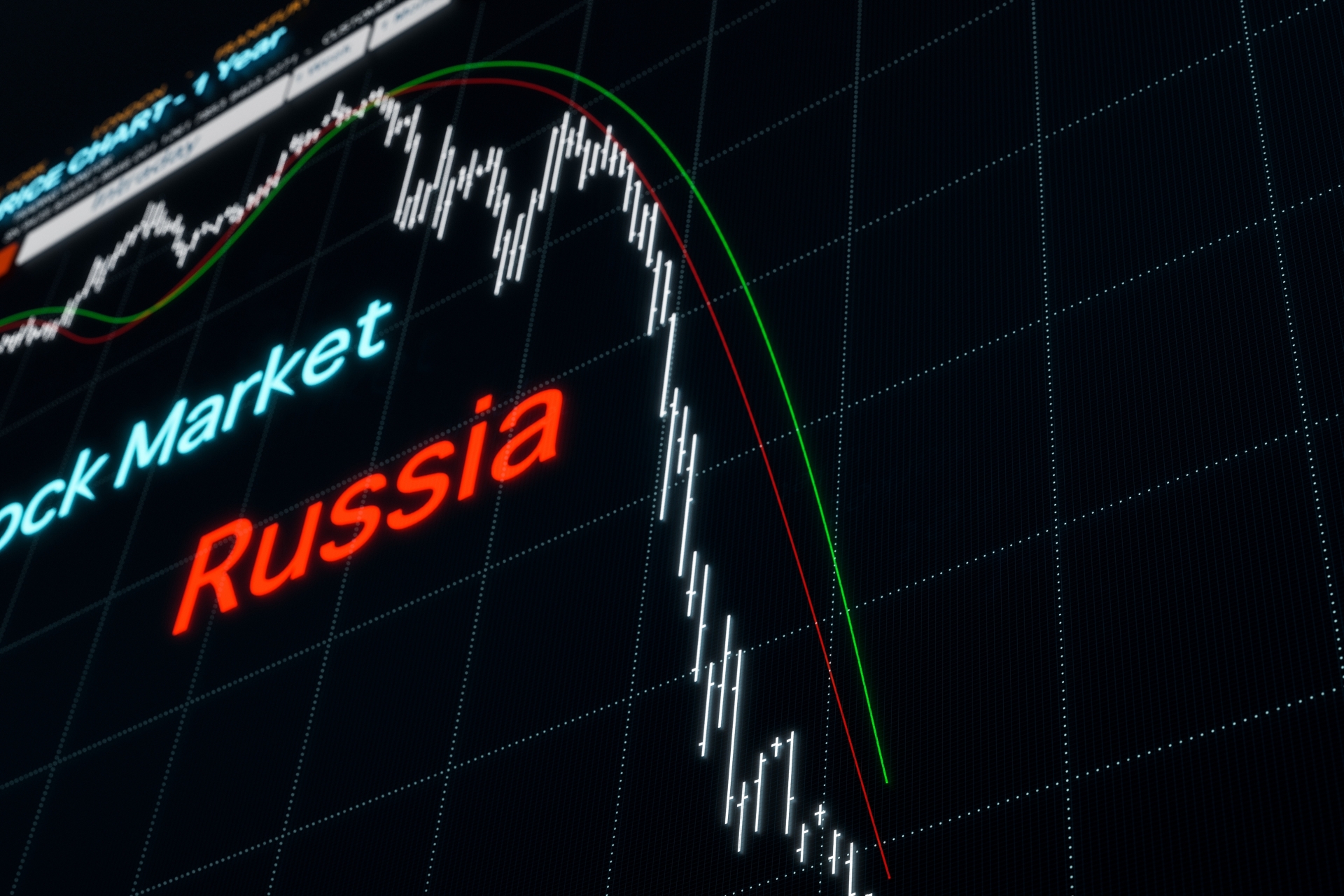Marketing in an “Us vs. Them” World, Part 2: Why Social Polarization Impacts Your Brand More than You Think
Article at a glance
- Social polarization is at an all-time high, and marketers need to consider societal issues and brands' activism in marketing strategy.
- The majority of consumers think brands should have an active role in making the world a better place and uniting the polarized world.
- Consumers interpret a brand not taking a stance on an issue as support for the other (wrong) side.

Why should marketers care about social polarization?

#1: Consumers expect your engagement
Marketing starts with consumers, and consumers these days expect your brand’s engagement in societal issues. Brands in Motion survey, conducted with 80 000 consumers, showed that 74% of consumers expect brands to be involved in important matters, and 83% think that brands should have an active role in making the world a better place and uniting the polarized world.Why the recent shift in consumer attitudes and the resulting expectation and pressure for brands to get involved? A study by Edelman found that consumers believe brands are a more powerful force for societal change than governments. Additionally, 54% believe it is easier for people to get brands to address social problems than to convince the government to act.
#2: Socio-political views have a significant impact on consumer behaviors and preferences
Much of social polarization can be traced back to political polarization. Research shows that something interesting is happening to consumer preferences (at least in the US, but my guess is this phenomenon is also happening in many European countries or soon will). People’s political views are correlated with their preferences towards a diverse range of products and services, even when these products and how they’re positioned have little or nothing to do with political views (think cars, tattoos, and insurance).It’s almost like one’s affiliation with a political party is no longer just about political views. It spans many, many product categories, like an all-in-one bundle. We all experienced it in 2021, for example, when it turned out political views predicted our preferences towards health, with pretty much all Republicans being against “the jab” and all Democrats being very pro-vaccine.
Research shows that political orientation influences diverse consumer behaviors, including:
- Willingness to take financial risks
- Likelihood of giving money to charitable causes
- Likelihood of filing complaints and contacting customer service
- Recycling
- Novelty and variety seeking (i.e., willingness to try new and/or different products)
- Likelihood of buying luxury products
- Preferences toward product/brand anthropomorphism
- Preferred types of cars
- Likelihood of watching TV
- Likelihood of getting tattoos
- Propensity to drink alcohol
The more politically polarized society is, the more these differences are salient. They impact consumer preferences and behaviors, and therefore also brands, even if these brands don’t have, and don’t want to have, anything to do with politics or social issues that stand behind polarization.

#3: Silence is interpreted as supporting the other (wrong) side
Companies are increasingly pressured to speak out and take a stance on social issues. Days when a brand manager could decide what her brand stands for and what problems it gets involved seem to be gone. We’ve come to a place where consumers interpret a brand not taking a stance on an issue as support for the other (wrong) side. This happened to Uber during the #deleteuber viral campaign, to Pepsi when consumers accused them of trivializing the Black Lives Matter movement, and to Leroy Merlin when they didn’t stop doing business in Russia after the 2022 invasion of Ukraine, to name a few. In a polarized world, social issues are becoming increasingly important to consumers, and brands are pressured to be vocal and do something about them.
The consequences of world polarization are relevant to your brand
Social polarization impacts a diverse range of products and brands — even those that want to stay neutral and don’t have social activism as part of their positioning. So what to do? Ignore the data, pretend the issue doesn’t exist, and not get involved? Or should all brands become “social activism brands” and actively take on sensitive issues that divide us?It’s Sophie’s choice. It seems brands can no longer stay silent because silence is a choice, and consumers interpret it to mean a brand supports whatever issue it doesn’t condemn. Yet, we all know that taking a stance does lead to controversy and brand polarization. When a brand “speaks out,” inevitably, it risks being critiqued, if not hated, by many consumers.
In Part 3, we’ll look at some of the questions all brand managers need to ask themselves to have a thought-through strategy around social polarization for their brands.





